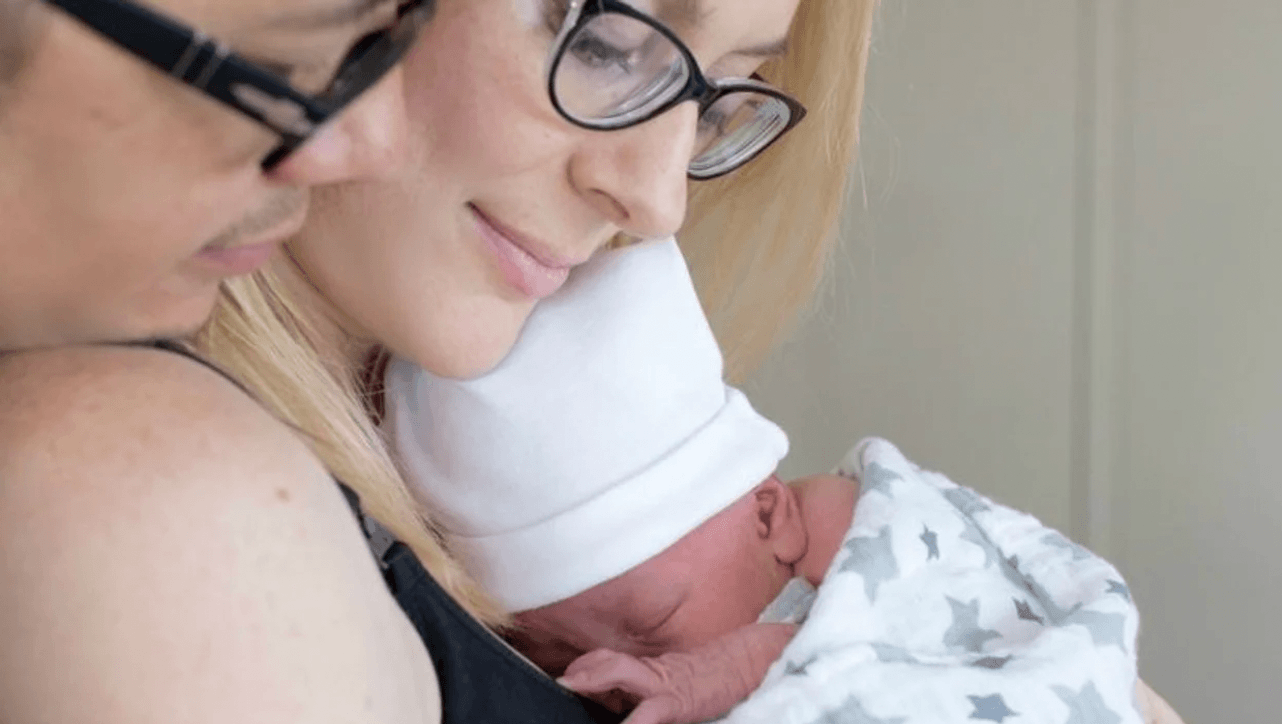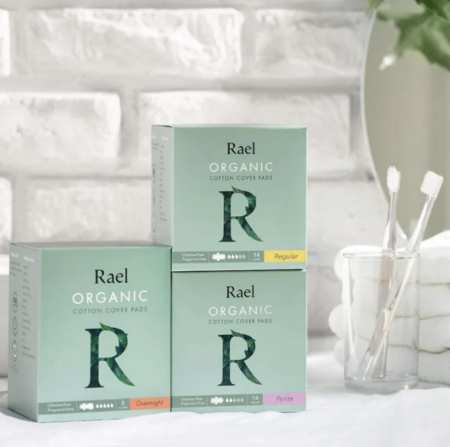Your postpartum recovery kit: Feel your best after a C-section
Cesarean section mamas are absolute warriors.

Bella Baby Photography
We independently select and share the products we love—and may receive a commission if you choose to buy.
Giving birth—no matter how you give birth—is one of the most incredible and physically demanding experiences of your entire life. That means it’s super rewarding, but also can be challenging to recover from, especially where C-sections are concerned. Recovery from a Cesarean birth takes about eight weeks acutely, though we often say it takes a full year to recover from pregnancy and birth fully.
We’re sure you (and everyone else) will be busy attending to the baby’s every need. And while that’s great, we also want to make sure that YOU are being taken care of as well.
In The Motherly Guide to Becoming Mama, we have an entire chapter about C-sections (and another one about recovering from birth). Here’s what you need to know to have the best possible postpartum recovery after a C-section (along with our favorite products to help the process).
How long will I bleed after a C-section?
Women typically bleed for about six weeks after birth. Many people are actually surprised to learn that this includes C-section births. The primary cause of post-birth bleeding is that the place where the placenta was attached in your uterus is a wound that needs to heal—and as it does, and as your uterus shrinks back down to its pre-pregnancy size, it bleeds.
The bleeding will start heavy and taper off over the course of a few weeks.
Why do I still look pregnant after my C-section?
It is very normal to still “look pregnant” after you give birth. In fact, it may be this way for weeks. This is because your uterus needs time to contract back down to its pre-pregnancy size, a process that can take about six weeks. Be gentle with yourself—it is said that the volume of the uterus expands 500 times during pregnancy, so it only makes sense that those pre-pregnancy clothes will take a while to fit. And speaking of which, let’s talk baby weight for a second.
“Baby weight” is different from an enlarged uterus; during and after your pregnancy, your body holds onto water and fat differently in order to best accommodate your baby and body’s needs. Now I know that in our society, we have a major aversion to the concept of baby weight (and feel strong pressure to “bounce back”), but mama, what if you could flip the script? What if you could look at your softness with pride and love?
If you want to lose the weight, you will. But right now, as you recover, could you just… recover? Could you love yourself with the same admiration that your baby does? Because I promise you that they love every inch of you.
Does recovering from a C-section hurt?
You will have some level of discomfort as you recover from your C-section, but the amount will vary. I’ll share some of the causes of discomfort, but please keep this important fact in mind: You do not have to just suffer through this. If you are in pain, reach out for help. If you are still in the hospital, push that call bell and ask for your nurse. If you are home, call your OB or midwife. You do not have to deal with excessive pain, mama.
Cramping
For the first few days after your birth, you may experience some uncomfortable cramping (especially when you breastfeed) for the first few days. This is because when your baby latches to your breast, the oxytocin hormone is released, which makes your uterus contract (or cramp). This is actually a good thing since it helps your uterus shrink back down to its pre-pregnancy size, but it can feel like menstrual cramps. This is again, totally normal—and won’t last forever, we promise!
Sore breasts
Whether or not you are nursing, your breasts are probably pretty tender these days, as your body adjusts to milk production (and your new little suckling). This is not forever—you’ll feel better soon (but if you’re concerned, call a lactation consultant!).
Incision
It will take about six weeks for your incision to heal, and will likely be at least a little painful while it does. You may go home from the hospital with Steri Strips (little paper bandages) covering your incision, or you may have staples, which will need to be removed in a few days.
Hemorrhoids
Ah, hemorrhoids, everyone’s favorite “congratulations on having a baby” gift. Whether you got them from pushing before a C-section was called, or simply from carrying around a growing baby, you now likely have them, and possible some discomfort from them.
What symptoms should I look out for?
We hope your recovery is totally uneventful. But just in case, here are some big things to look out for. If you do have them, call your doctor or midwife right away (even if it’s 2 am):
- Multiple vaginal blood clots, or a blood clot that the size of a golf ball
- Heavy vaginal bleeding that fills a pad in an hour or two
- Lower belly tenderness
- Redness or drainage at your incision site
- Fever (100.4 degrees Fahrenheit or above)
- Foul smelling or green/yellow vaginal discharge
- Severe headache
- Blurry or spotty vision
- Feeling faint or dizzy
- Sharp pain in an area of your body (usually the leg) accompanied by warmth, redness and hardness
- Sharp or shooting breast pain, especially if accompanied by a hard spot, redness or a fever
- Feeling very sad or anxious, disconnected from your baby, not enjoying life, feeling excessively tired or worrying about things often*
*If you feel like you want to hurt yourself or the baby, you can call 9-1-1 or go to the nearest emergency room.
So now that you know a bit more about what your recovery will feel like, let’s talk about some of our favorite products to help get you through it.











